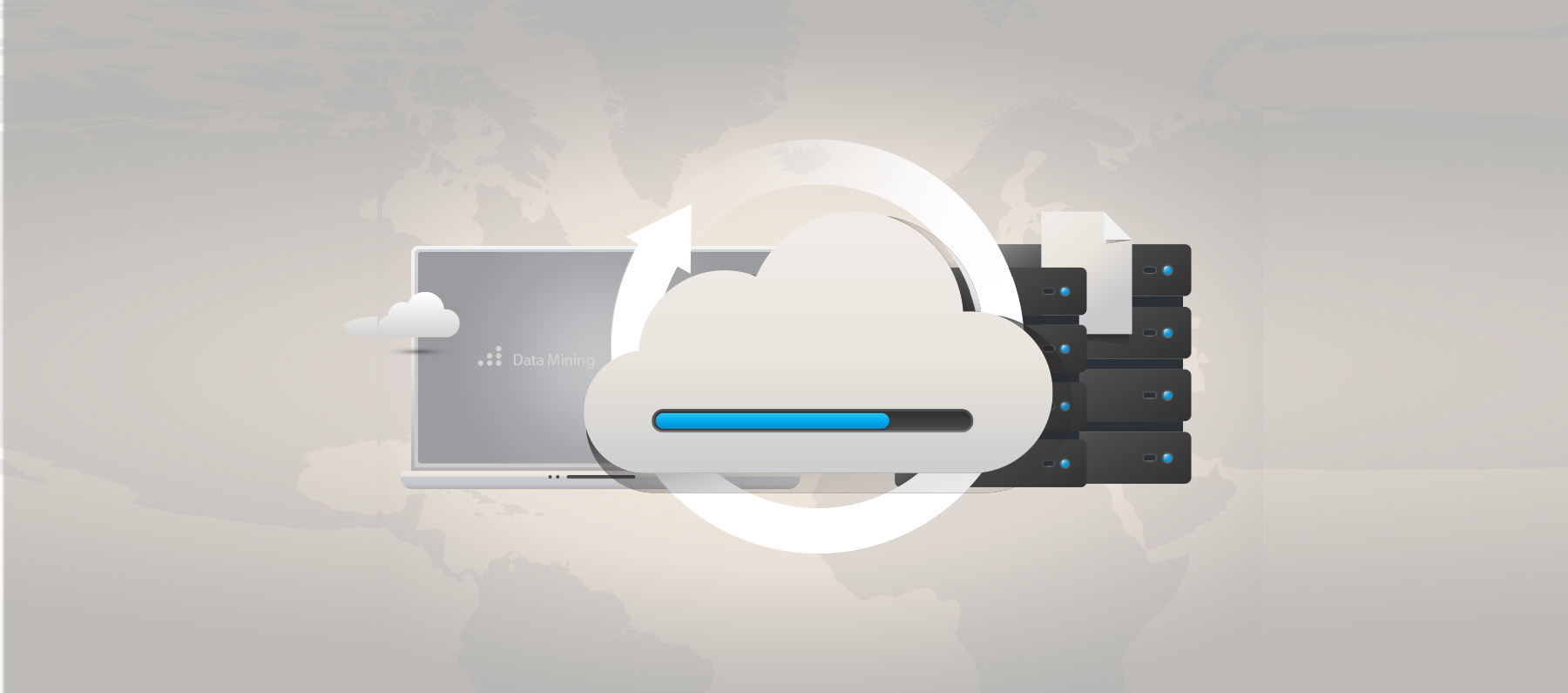Overcoming File Sharing Security Risks in the Digital Age

If you have ever worked in an office, then you know that paper is a major part of the daily routine. Be it invoices, orders, letters, or any other form of paperwork, businesses can’t do without receiving and sending pieces of paper… Or can they?
Over the last decade especially, organizations of all kinds have opted to abandon old-school paper and move to digital alternatives. Going digital is definitely an improvement and makes our lives easier and simpler. As good as it is for the consumer, however, for major organizations it can be a bit problematic. From stolen customer data to full-blown attacks, companies must know how to handle file sharing in the digital age.
Let’s take a closer look at file sharing security risks and how you can ensure your organization stays as safe as possible.
How Digital File Sharing Has Heightened the Need for Greater Security
Over the years, there have been a few reasons why organizations have gone digital. From the ease of use to simply needing to evolve alongside the rest of the world, everyone has their own rationale. One particular reason many banks and larger organizations have cited is the “Going Green” trend, sending you information via email instead of regular snail mail. This “Green Initiative”, however, goes both ways. Many organizations, especially from the financial sector, offer customers to send information via digital channels. For example, you can upload a picture of a check to your bank account through the bank’s mobile application instead of physically depositing the original check in your bank’s branch.
When the process no longer requires you to even leave your couch, it becomes that much more enticing. And aside from those wary of sending such personal information through their personal devices, digital file sharing has become the norm.
For organizations, allowing customers to upload files directly to your network opens the door for malicious actors to exploit this new entry point. In fact, according to Varonis, personal data was involved in 58% of breaches in 2020. Unfortunately, this can easily lead to a hacker uploading malicious content to the organization’s servers, which can result in an attack that compromises the entire network.
The move to a cloud environment has also affected the way companies share, store, and treat their data. While it assists in day-to-day workflow, it gives hackers a way into customer data. In the past year alone, major organizations such as Marriott, Twitter, and Uber have experienced cloud-based attacks in which their customer data was stolen. In this day and age, you must know how to protect your and your customers’ data.
Understanding Digital File Sharing Security Risks What is the risk?
Let’s say you are an insurance company that allows customers to upload files such as claims, receipts, and other relevant information, via your website where it will go into your company’s data systems. A hacker can easily upload a malicious file that looks like a regular form or document into the system, gaining access to your entire network. And before you know it, your company is another statistic in this year’s data breach report.
Hackers are sophisticated and are always trying to stay one step ahead of security vendors. Today, all malware isare designed with Sandbox evasion techniques that can easily bypass almost all Sandbox-based solutions. Furthermore, today’s cyber threats are based on unknown and zero-day exploits, meaning that they cannot be detected by any security solution as they are yet to be known to the security community.
So, what are you supposed to do? According to IDC, the global “datasphere” will grow to 163ZB (i.e., 1 trillion gigabytes) by 2025, driven mainly by the addition of multiple new endpoints such as smartphones, IoT, and other connected devices. The equation is simple — more devices and more data mean more breach points, and thus more exposure to risk.
With more attack vectors and incoming channels to your system, you need to protect yourself from any potential threat. Essentially, you need a security solution that is not based on detection but rather based on protection and can be easily deployed on any channel.
Most security vendors today offer cloud-based platforms that can be easily deployed and adjusted to suit your needs. Keeping your security in the cloud allows you to upgrade or downgrade in a matter of seconds and can save you a lot in storage and hardware.
Protect Your Digital File Sharing with Votiro Protect all doorways
The more channels you allow users to use, the more comprehensive security solution you need. Some security vendors offer protection for a single channel, i.e. email, and some offer defenses for multiple channels. Finding a comprehensive solution that will offer protection for any incoming channel can give you great peace of mind and ensure you are truly protected.
However, it is important to note the threats are not only from people outside the organization but threats also lie within. In today’s BYOD world, employees utilize secure and unsecured media such as mobile phones, CD, USB, etc. Can you control what your employees plug into their machines?
At Votiro, we know you don’t have the time to waste on a detection-based solution. That’s why our Positive Selection® technology is designed to sanitize files before they ever hit your network. With this approach, you can share files freely without worrying about uploading, downloading, or transferring a potentially malicious document. And with that peace of mind, transforming in the digital age will become risk-free.
Ready to learn more? Schedule a demo with us to take our solutions for a test drive. Or, contact us today to speak with a member of our team.
News you can use
Stay up-to-date on the latest industry news and get all the insights you need to navigate the cybersecurity world like a pro. It's as easy as using that form to the right. No catch. Just click, fill, subscribe, and sit back as the information comes to you.
Sign-up Here!
Subscribe to our newsletter for real-time insights about the cybersecurity industry.



